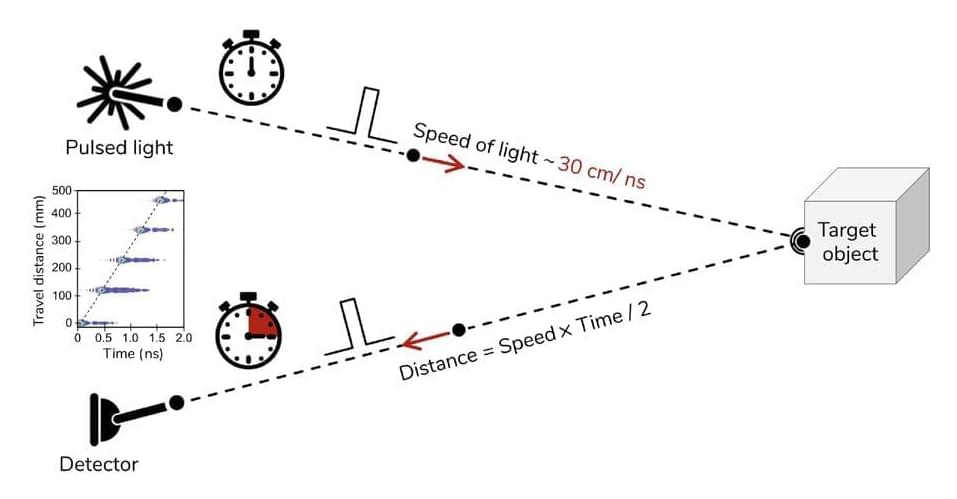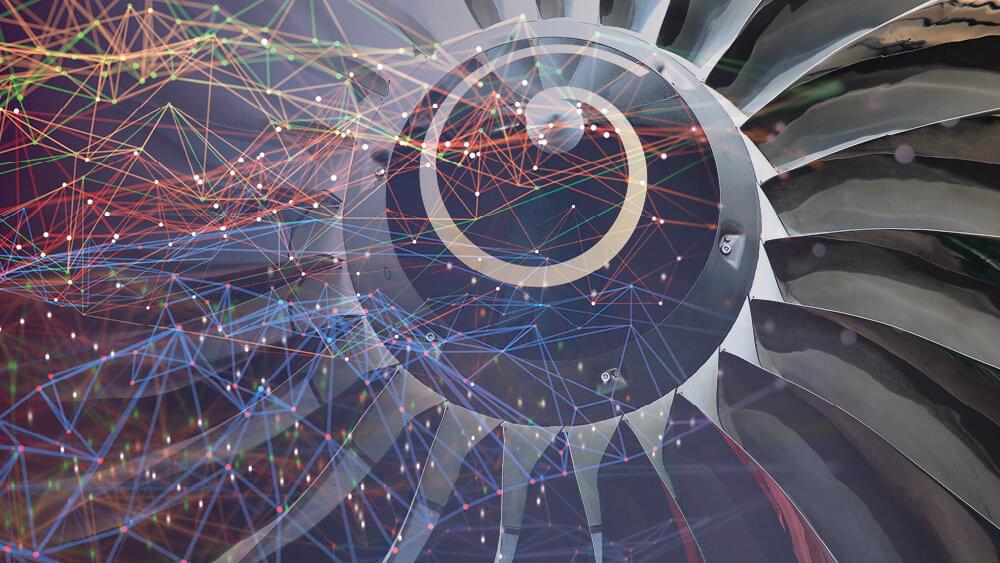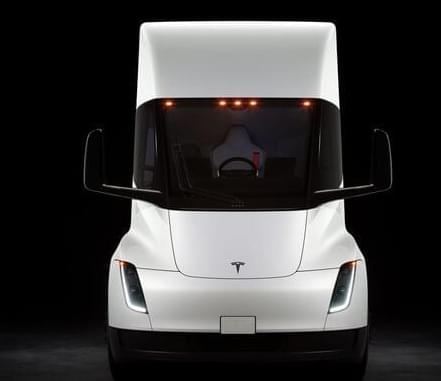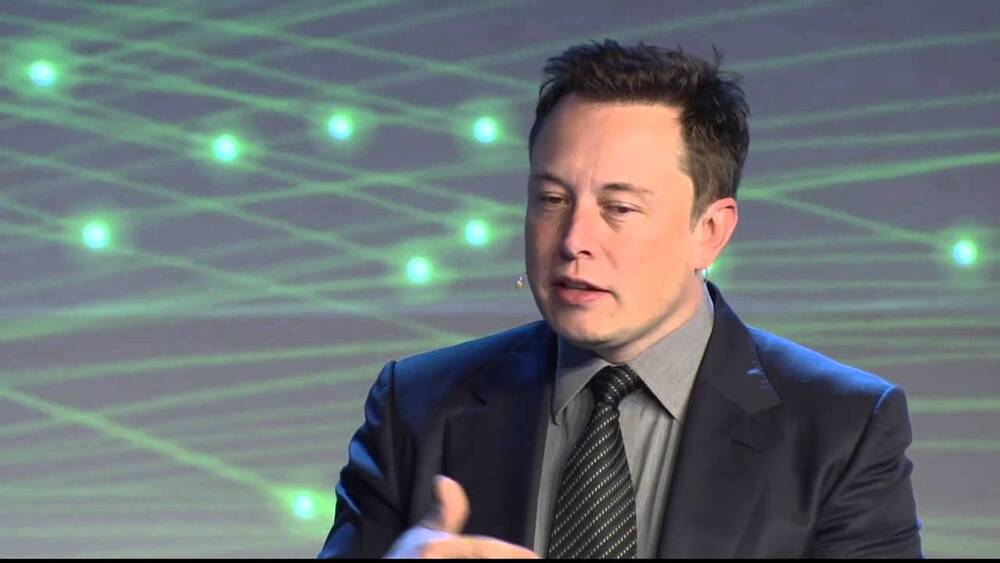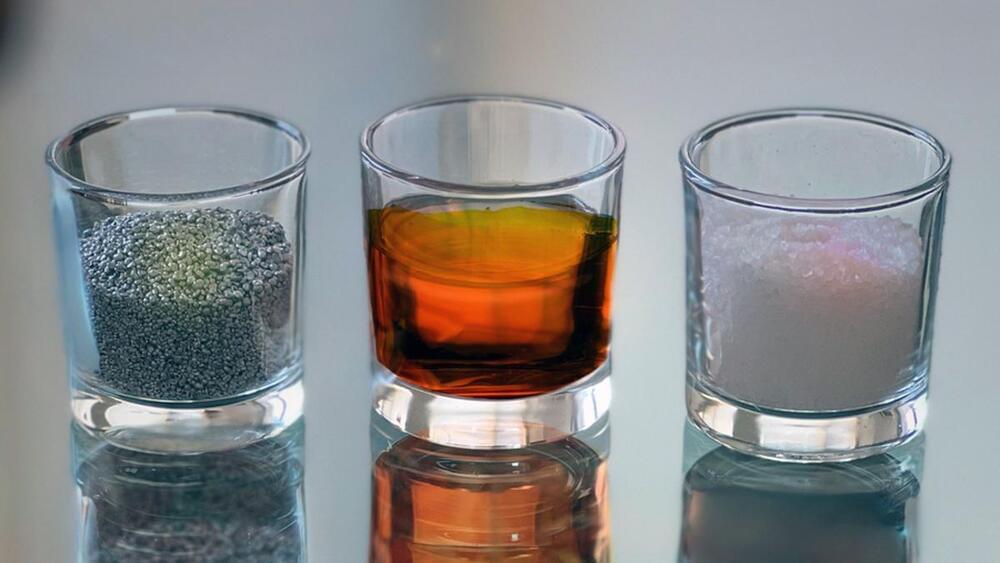Aug 30, 2022
High-capacity Li-metal battery with improved rate-performance and stability
Posted by Shubham Ghosh Roy in categories: energy, sustainability, transportation
A study of Li-metal batteries by the research team led by Dr. Byung Gon Kim at Next-Generation Battery Research Center of Korea Electrotechnology Research Institute (KERI) was published as a cover paper in the international journal ACS Nano.
While the current Li-ion batteries generate energy by taking Li-ions in and out of the graphite anode based on the intercalation mechanism, the Li-metal battery does not rely on this bulky and heavy graphite but uses metallic Li itself as the anode. As the Li-metal shows 10 times higher theoretical capacity (3,860 mAh/g) than graphite (372 mAh/g), it has steadily gained much attention from areas that need high-capacity batteries, such as electric vehicles and energy storage systems.
Despite this advantage, Li can grow in the shape of a tree branch, called a Li dendrite, if it is not uniformly and effectively stored when cycling process, leading to large volume expansion of the electrode, which in turn may shorten the battery’s cycle life and cause safety issue such as fire and explosion triggered by internal short-circuits.

